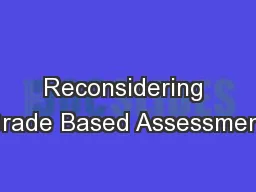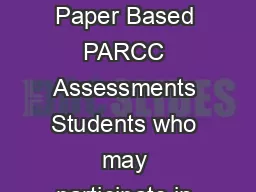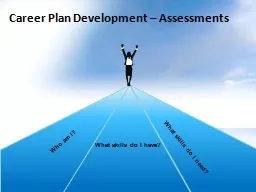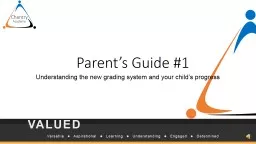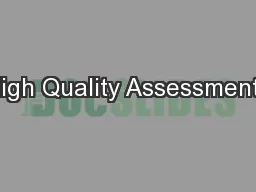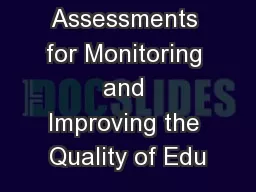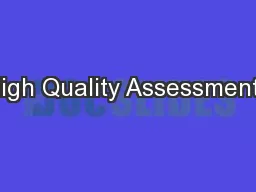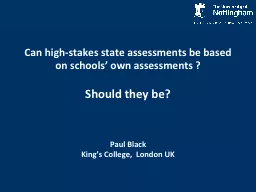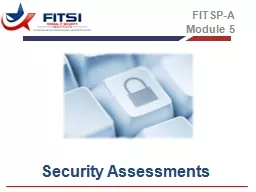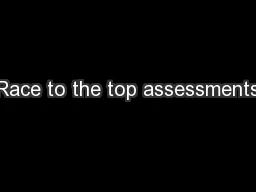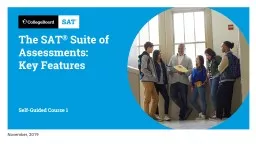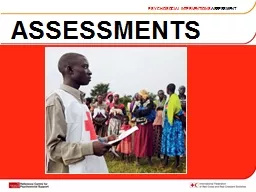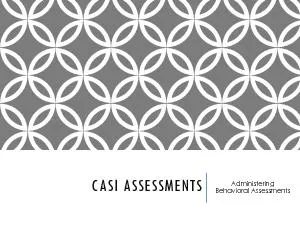PPT-Reconsidering Grade Based Assessments
Author : conchita-marotz | Published Date : 2018-10-24
Martha Thurlow Cara Cahalan Laitusis Leslie Nabors Olah Karen Barton Historical Perspective on GradeBased Assessments Martha L Thurlow National Conference on Student
Presentation Embed Code
Download Presentation
Download Presentation The PPT/PDF document "Reconsidering Grade Based Assessments" is the property of its rightful owner. Permission is granted to download and print the materials on this website for personal, non-commercial use only, and to display it on your personal computer provided you do not modify the materials and that you retain all copyright notices contained in the materials. By downloading content from our website, you accept the terms of this agreement.
Reconsidering Grade Based Assessments: Transcript
Download Rules Of Document
"Reconsidering Grade Based Assessments"The content belongs to its owner. You may download and print it for personal use, without modification, and keep all copyright notices. By downloading, you agree to these terms.
Related Documents

